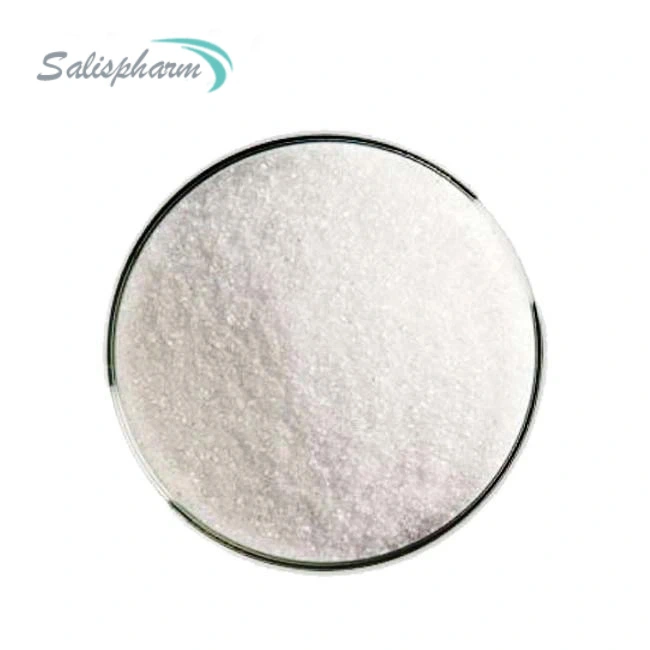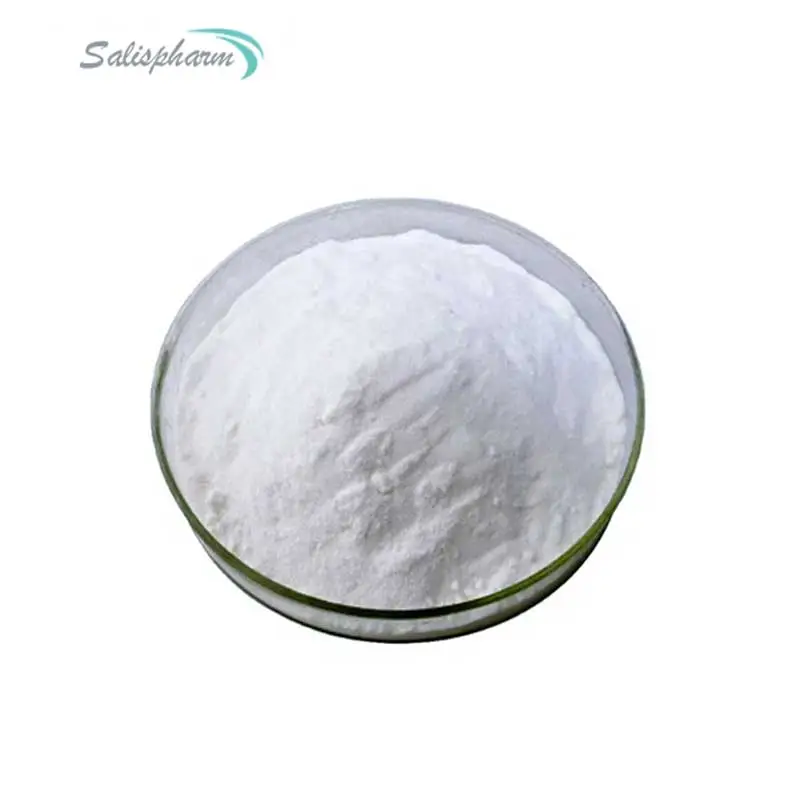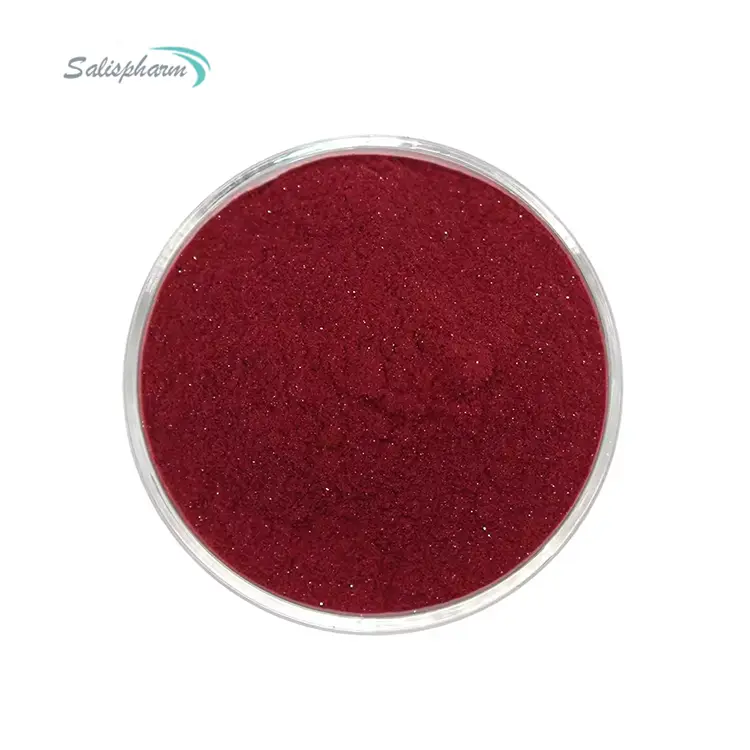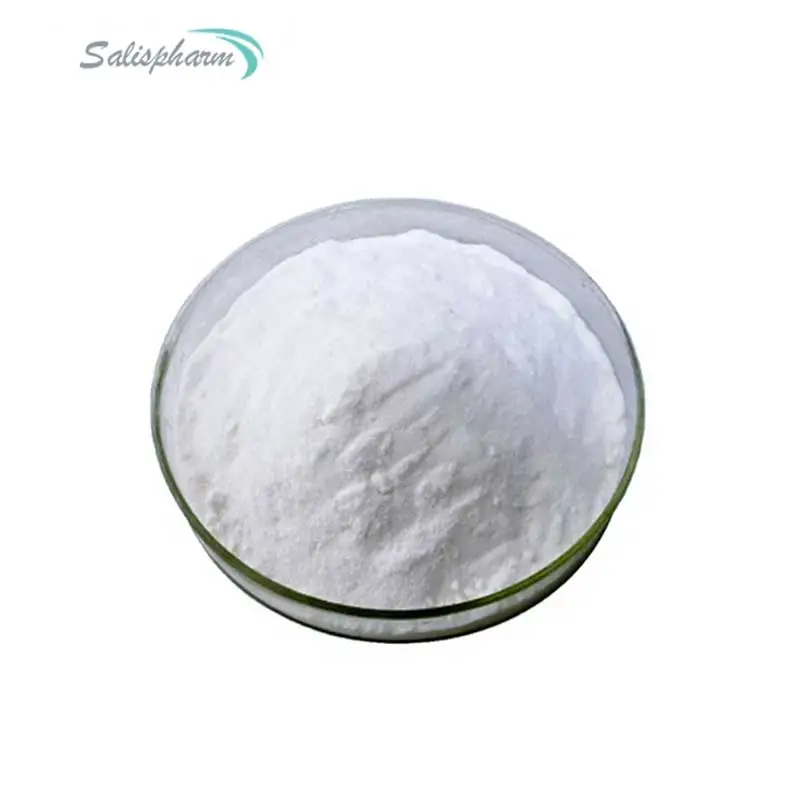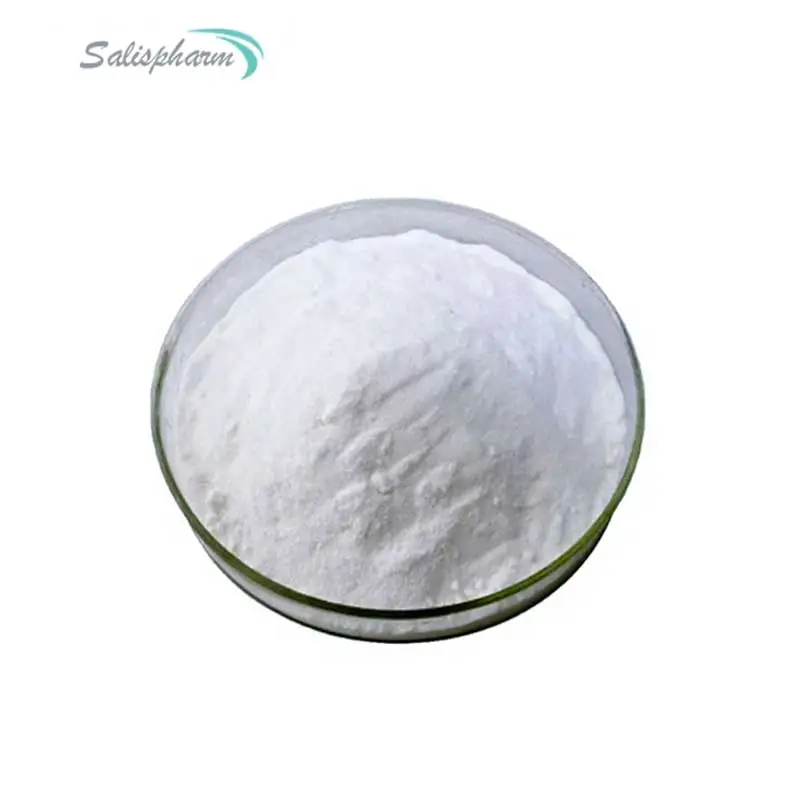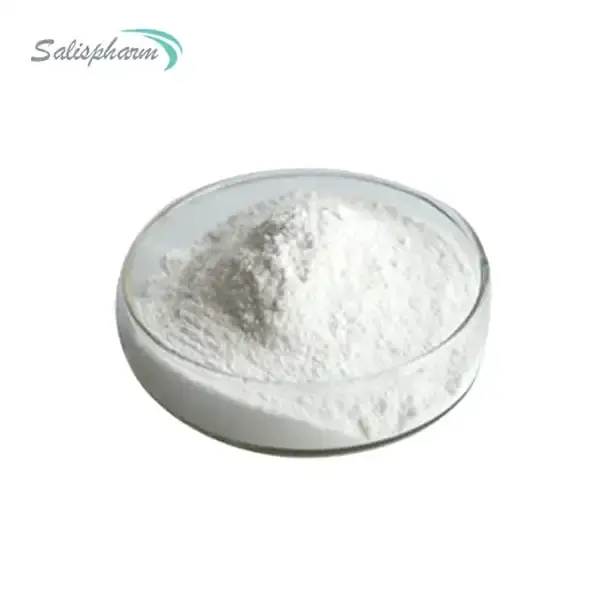Lidocaine powder is a topical anesthetic that has been widely used for its numbing and pain-relieving properties. It is a popular choice among individuals seeking relief from various types of pain, including muscle aches, joint pain, and even post-surgical discomfort. However, the question of what to mix lidocaine powder with for effective pain management remains a topic of interest for many. In this blog post, we'll explore the potential mixtures, their effectiveness, and the precautions to consider when using lidocaine powder for pain relief.
How Does Lidocaine Powder Work for Pain Relief?
Lidocaine powder is a form of lidocaine, a local anesthetic that works by blocking the transmission of pain signals from the affected area to the brain. When applied topically, the powder can penetrate the skin and numb the underlying tissues, providing temporary relief from pain and discomfort.
To enhance the absorption and effectiveness of lidocaine powder, it is often mixed with other substances. One common mixture is combining lidocaine powder with a carrier oil or cream, such as coconut oil or a water-based gel. These carriers help to dissolve the powder and facilitate its absorption into the skin. Additionally, some individuals opt to mix lidocaine powder with over-the-counter pain-relieving creams or ointments containing menthol or camphor, which can further enhance the numbing and cooling effects.
It's important to note that the effectiveness of lidocaine powder for pain relief can vary depending on the concentration and the specific mixture used. Higher concentrations may provide more potent numbing effects but also carry a higher risk of side effects. Consulting with a healthcare professional is recommended to determine the appropriate dosage and application method.

What Are the Potential Risks and Side Effects of Using Lidocaine Powder?
While lidocaine powder can be an effective pain management solution, it is essential to be aware of the potential risks and side effects associated with its use. Like any medication, lidocaine powder should be used with caution and under the guidance of a healthcare professional.
One of the primary risks of using lidocaine powder is the possibility of adverse reactions or allergic responses. Some individuals may experience skin irritation, redness, swelling, or even a life-threatening condition called methemoglobinemia, which occurs when there is an abnormal amount of methemoglobin in the blood, reducing the oxygen-carrying capacity of red blood cells.
Improper use or overuse of lidocaine powder can also lead to systemic toxicity, which can result in symptoms such as dizziness, drowsiness, confusion, seizures, and even respiratory depression. These risks are heightened when lidocaine powder is applied to large areas of the body or used in combination with other numbing agents or medications that can interact with lidocaine.
It is crucial to follow the recommended dosage and application instructions provided by a healthcare professional or the product label. Additionally, lidocaine powder should not be used on open wounds, broken skin, or mucous membranes, as it can be absorbed into the bloodstream more easily, increasing the risk of systemic toxicity.
What Are the Alternatives to Lidocaine Powder for Pain Management?
While lidocaine powder can be an effective pain management solution, it may not be suitable for everyone or in all situations. Fortunately, there are several alternatives available for those seeking relief from various types of pain.
Over-the-counter pain medications: Non-steroidal anti-inflammatory drugs (NSAIDs) like ibuprofen, naproxen, and acetaminophen can be effective for managing mild to moderate pain. These medications can help reduce inflammation and alleviate discomfort associated with conditions such as headaches, muscle aches, and menstrual cramps.
Topical analgesics: Various creams, ointments, and gels containing active ingredients like menthol, camphor, or capsaicin can provide localized pain relief through their cooling or warming sensations. These topical products may be suitable for conditions like arthritis, muscle strains, and joint pain.
Heat and cold therapy: Applying heat or cold to the affected area can help reduce pain and inflammation. Heat therapy can increase blood flow and relax muscles, while cold therapy can constrict blood vessels and reduce swelling.
Physical therapy and exercise: For chronic pain conditions like back pain or arthritis, physical therapy and targeted exercises can help strengthen muscles, improve flexibility, and reduce pain over time.
Complementary and alternative therapies: Practices like acupuncture, massage therapy, and mindfulness-based stress reduction have shown promising results in managing various types of pain.
It's important to consult with a healthcare professional to determine the most appropriate alternative for your specific condition and to ensure that there are no contraindications or potential interactions with other medications or treatments you may be taking.
If you are also interested in this product and want to know more product details, or want to know about other related products, please feel free to contact iceyqiang@gmail.com.
References:
1. Becker, D. E., & Reed, K. L. (2012). Local anesthetics: review of pharmacological considerations. Anesthesia Progress, 59(2), 90-102.
2. Covino, B. G. (1986). Pharmacology of local anaesthetic agents. British Journal of Anaesthesia, 58(7), 701-716.
3. Catterall, W. A., & Mackie, K. (2011). Local anesthetics. In Goodman and Gilman's The Pharmacological Basis of Therapeutics (pp. 565-582). McGraw-Hill.
4. Oni, G., & Brown, S. A. (2016). Lidocaine: an alternative treatment for neuropathic pain. Pain Management, 6(4), 337-351.
5. Rajpal, S., Penn, H., & Drake, R. (2010). Topical lidocaine for the treatment of postherpetic neuralgia. Cochrane Database of Systematic Reviews, (12).
6. Tsui, B. C., & Wagner, A. M. (2015). Local and regional anesthetic techniques for pain management. In Pain Medicine (pp. 239-258). Springer, Cham.
7. Sawynok, J. (2003). Topical and peripherally acting analgesics. Pharmacological Reviews, 55(1), 1-20.
8. Malmberg, A. B., & Yaksh, T. L. (1992). Antinociceptive actions of spinal nonsteroidal anti-inflammatory agents on the formalin test in the rat. Journal of Pharmacology and Experimental Therapeutics, 263(1), 136-146.
9. Hochberg, M. C., Altman, R. D., April, K. T., Benkhalti, M., Guyatt, G., McGowan, J., ... & Tugwell, P. (2012). American College of Rheumatology 2012 recommendations for the use of nonpharmacologic and pharmacologic therapies in osteoarthritis of the hand, hip, and knee. Arthritis Care & Research, 64(4), 465-474.
10. Vickers, A. J., Linde, K., White, A., Allais, G., Brinkhaus, B., Manheimer, E., ... & Goossens, M. (2012). Acupuncture for chronic pain: update of an individual patient data meta-analysis. The Journal of Pain, 13(5), 439-451.

